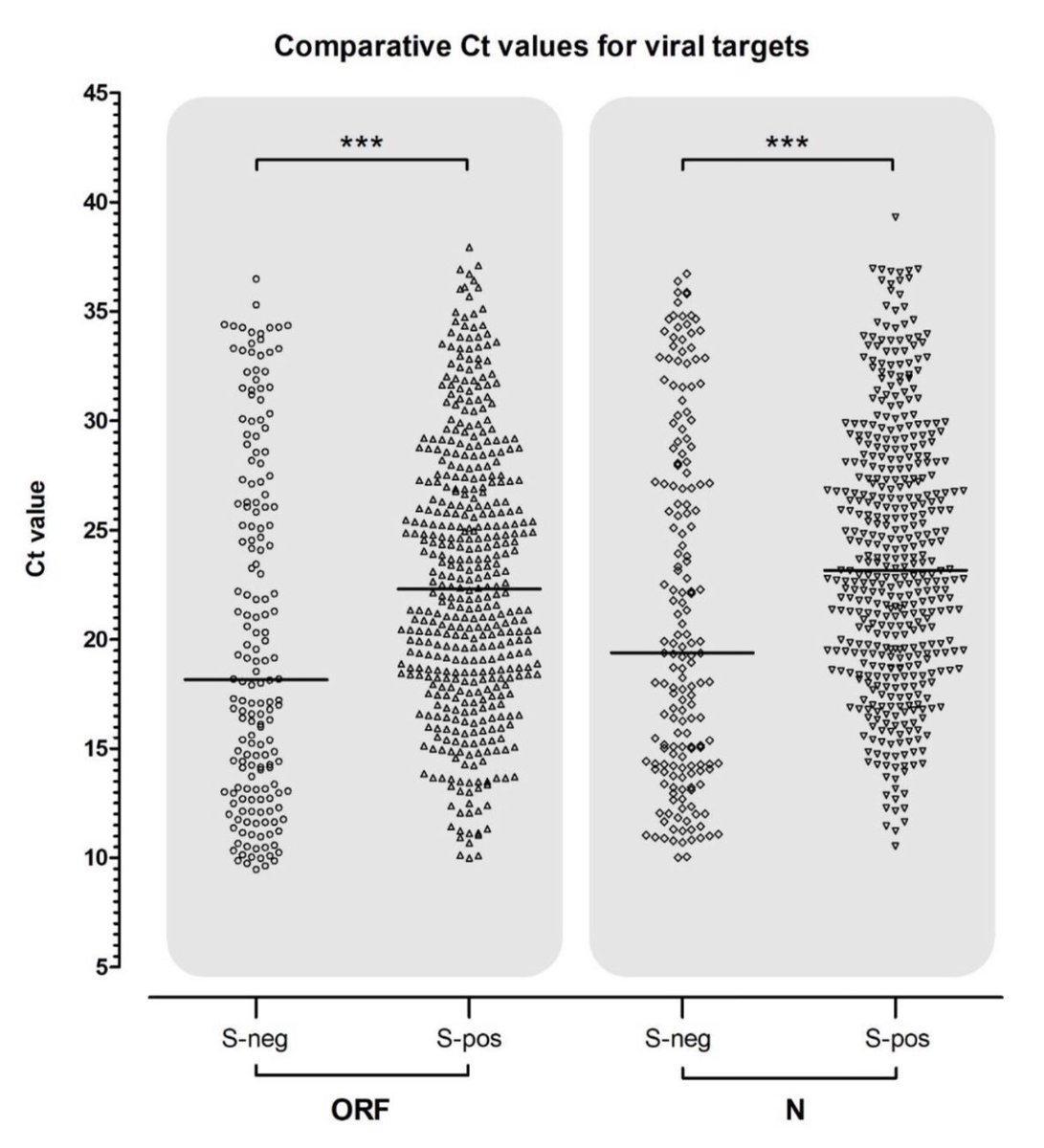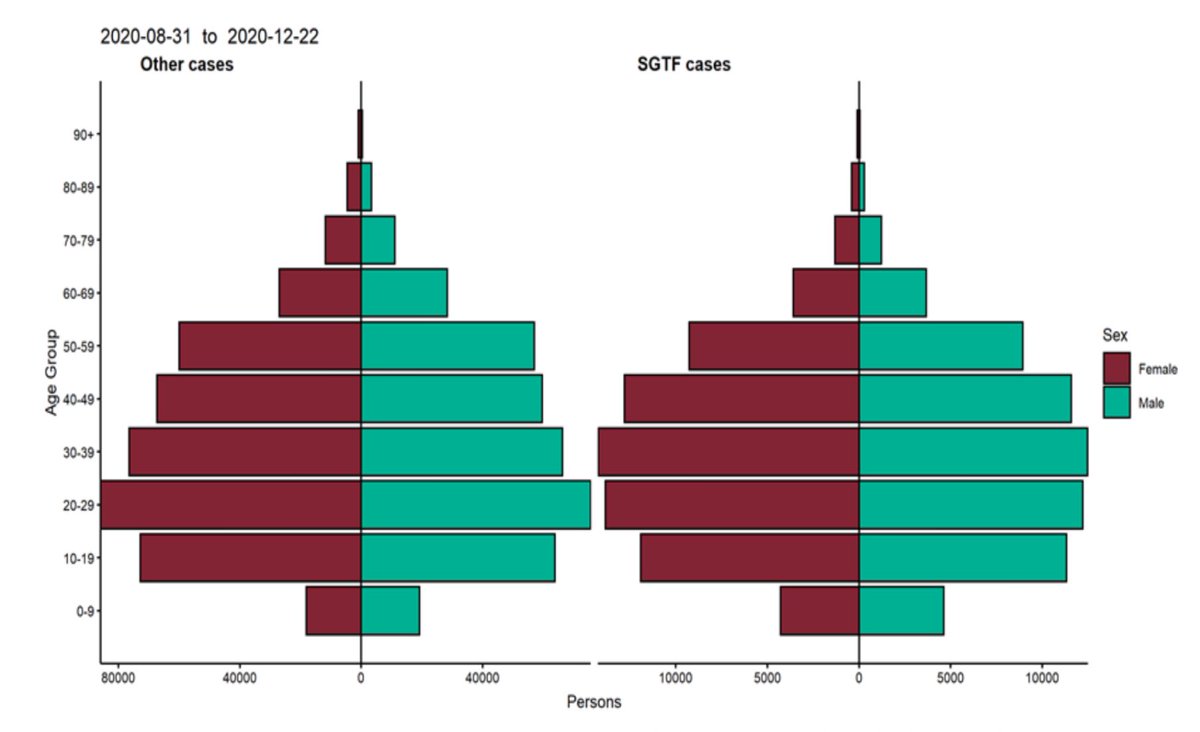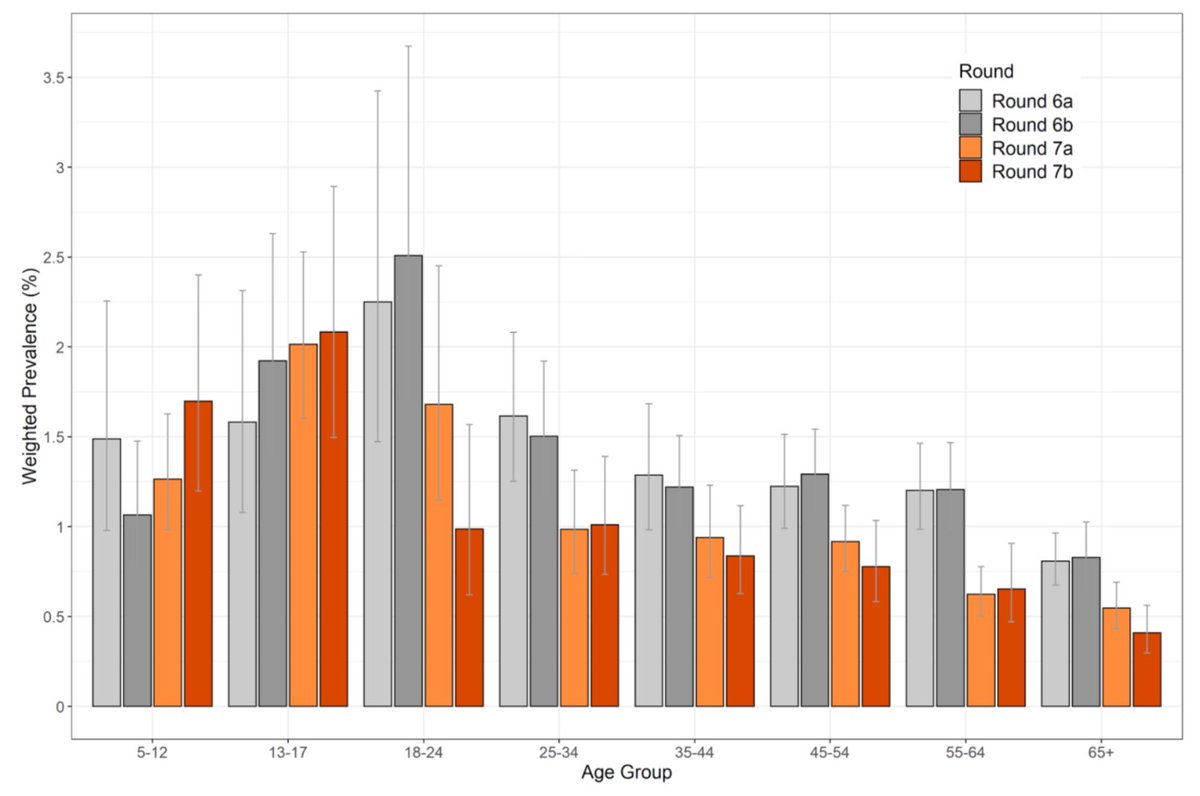
Anaphylactic reactions may be more likely with mRNA COVID-19 vaccines than other traditional vaccines (1 in 100,000 vs. 1 in 1,000,000); likely a reaction to carrier used to protect RNA component (polyethylene glycol, PEG), rather than the vaccine per se.
nejm.org/doi/full/10.10…
nejm.org/doi/full/10.10…

Persons with a history of allergic reactions associated with polyethylene glycol (or reactions to any of the other components listed) should avoid mRNA vaccines, and receive a different type of vaccine instead. 

Note that other kinds of allergies (e.g., hay fever), are not expected to cause a problem.
There is no need to avoid the mRNA vaccines unless there is a specific history of allergic reactions to polyethylene glycol, or the other ingredients of the vaccines.
There is no need to avoid the mRNA vaccines unless there is a specific history of allergic reactions to polyethylene glycol, or the other ingredients of the vaccines.
The risk of an anaphylactic reaction remains extremely low at 1 in 100,000.
These are good odds! 💉🙂
These are good odds! 💉🙂
Addendum: more detailed information on who can safely take an mRNA vaccine can be found on the CDC website:
cdc.gov/vaccines/covid…
cdc.gov/vaccines/covid…
• • •
Missing some Tweet in this thread? You can try to
force a refresh







